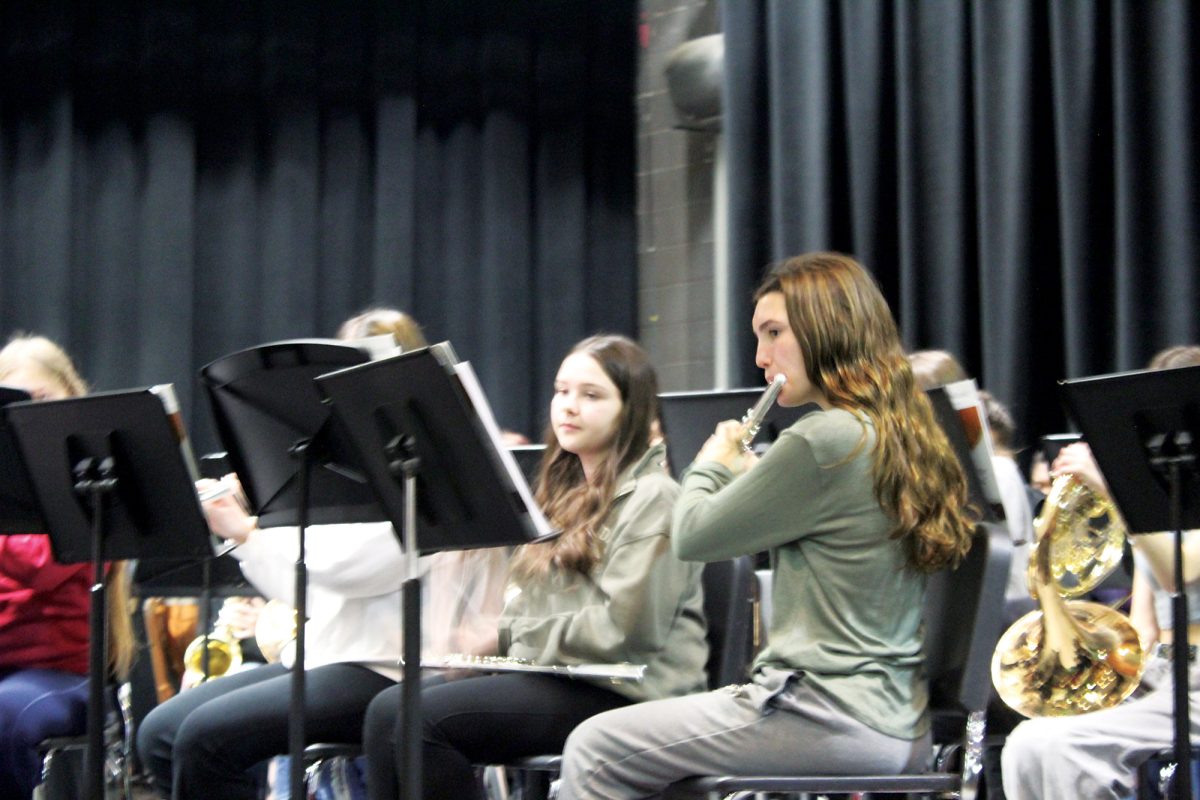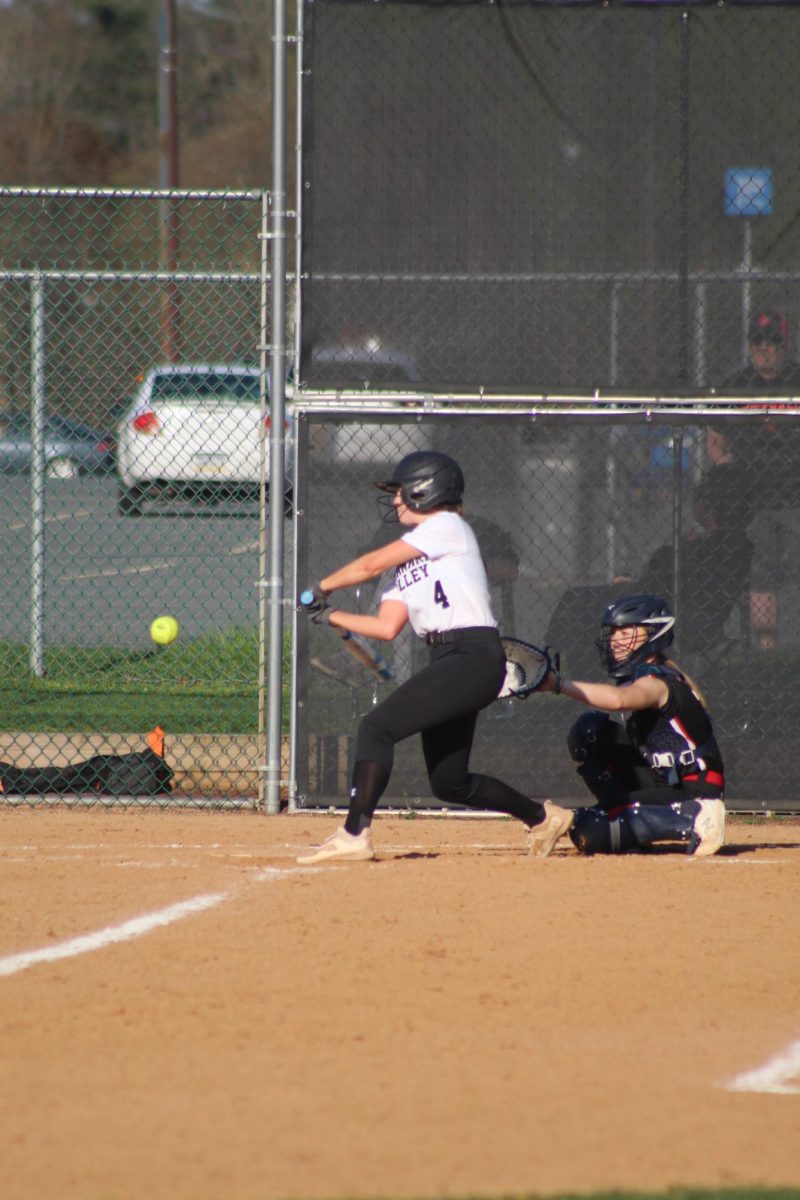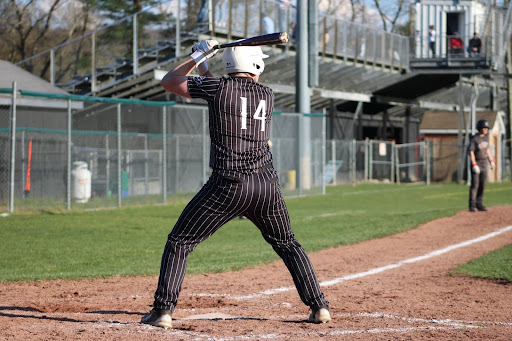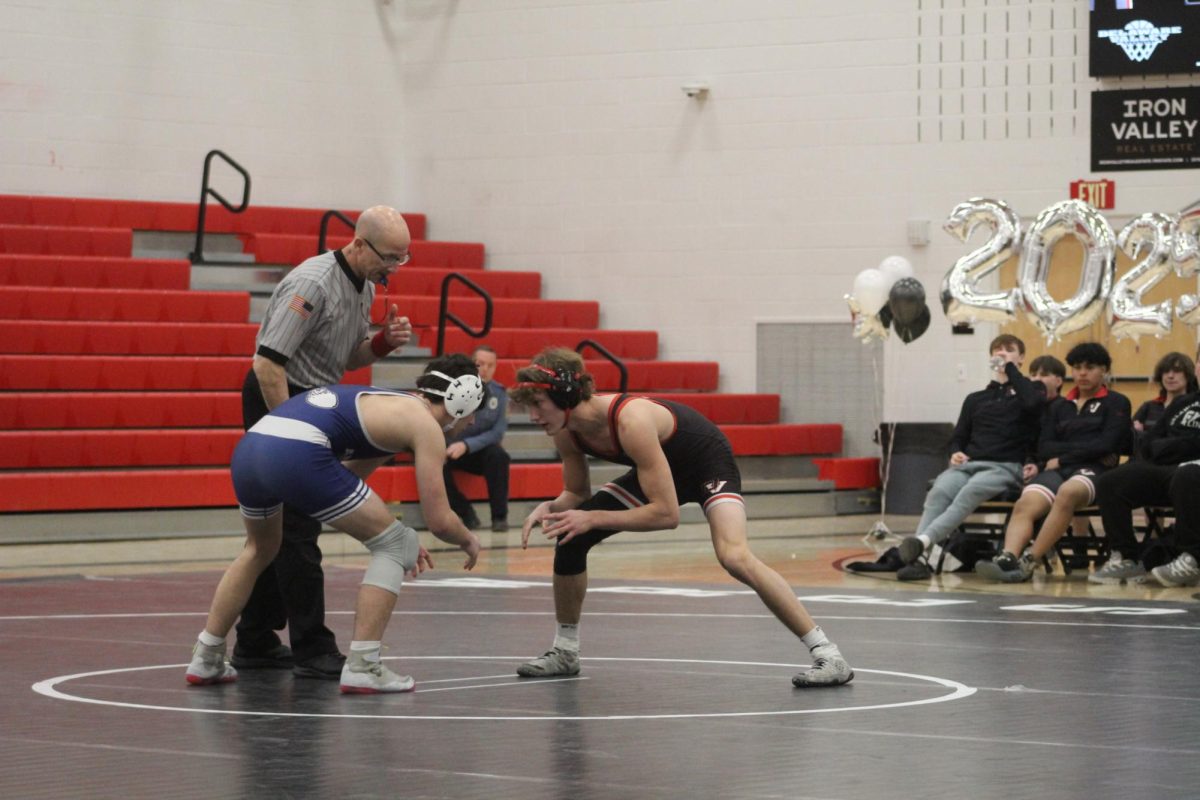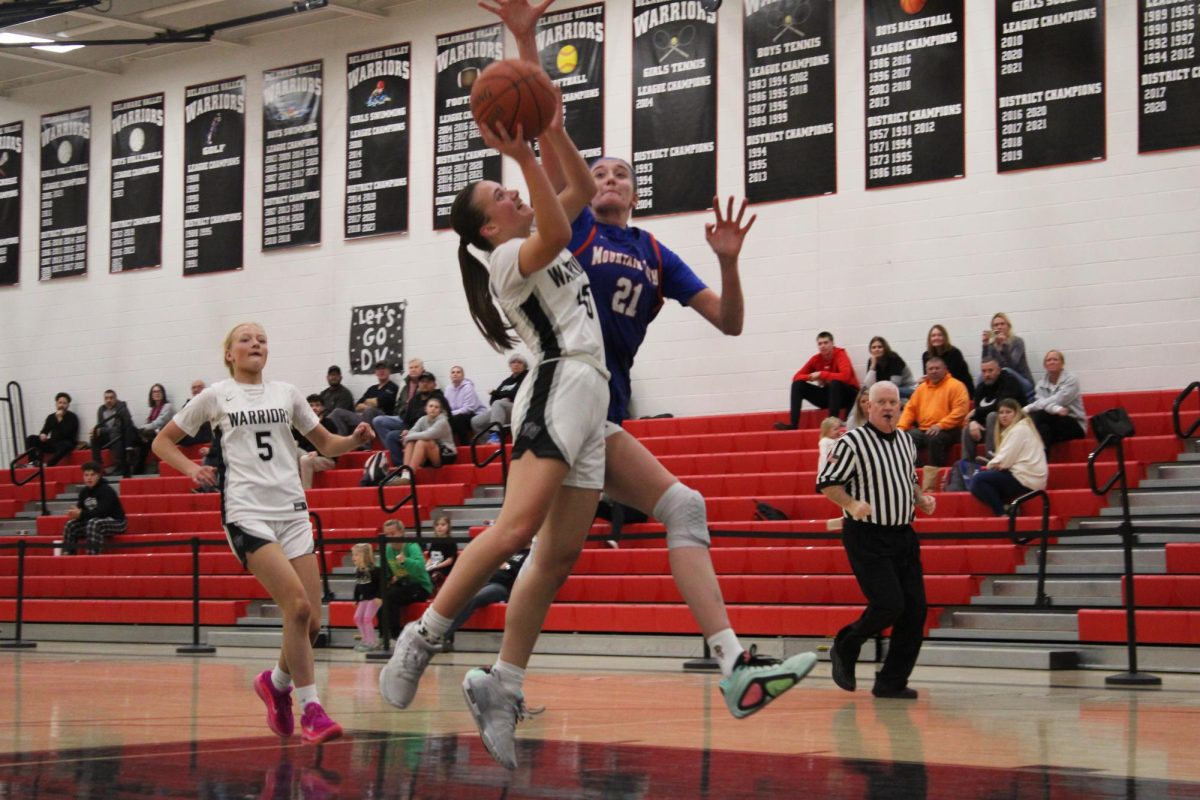After a historic trip to the NCAA men’s basketball tournament for the first time since 1991, Saint Francis University announced they would be moving from NCAA Division I to Division III. The announcement came on March 25, a week after the men’s basketball team lost to Alabama State in the First Four.
Saint Francis will begin to compete at the Division III level during the 2026-2027 academic year in the Presidents’ Athletic Conference (PAC).
The university’s Board of Trustees voted on moving divisions in early March but waited to announce the decision. When the decision was announced, student-athletes were notified via an email and coaches just an hour prior.
The Board claims they made the decision based on the increased prevalence of the transfer portal and name, image and likeness (NIL) opportunities not aligning with the Catholic institution’s ideals.
“The governance associated with intercollegiate athletics has always been complicated and is only growing in complexity based on realities like the transfer portal, pay-for-play and other shifts that move athletics away from love of the game,” Board of Trustees Chairman Rev. Joseph Lehman said. “For that reason, as a Board, we aim to best provide resources and support to our student-athletes in this changing environment that aligns with our mission, Catholic institution and our community’s expectations.”
The Board of Trustees also explains that the school’s current athletic conference, the Northeast Conference (NEC), has athletes out of class for extended periods of time because of travel, thus the change to the PAC where the schools are closer together.
Despite Saint Francis claiming that current advancements in Division I don’t align with their Catholic views and that current travel in the NEC takes away from student’s academic growth, others speculate that the change is due to a lack of funding and scholarship money. The move from Division I to Division III, not to Division II, indicates that the school can not afford to give scholarship money to athletes anymore (Division I and Division II schools can give athletic scholarships, Division III can not). Many people have also jumped to this conclusion based on the school’s goal towards economic sustainability. Father Malachi Van Tassell, the university’s president, said Saint Francis is unable to “fight against the headwinds and logistics that make being a small school in the NCAA Division I unsustainable.”
Mrs. Marielle Cohen, a Saint Francis alumna who played Division I field hockey there, stated her opinion on the school’s transition.
“I don’t think that the school ever treated it like a Division I school. I think the athletes, coaches and everyone in the athletic department was all in on Division I, but in the social and economic ways, I think it has always been more of a Division III school,” Mrs. Cohen said. “I think they made the right choice. It takes a lot for an administration to reflect on what they’re doing and say ‘We’re not willing to put the money into making this a competitive school, and therefore we need to drop [divisions].’”
As for athletes, many questions are still left unanswered. Freshman Calyssa Yankow, an athlete on the women’s lacrosse team, said she and her teammates were shocked when they heard the news.
“It was very heartbreaking news for all of us. A lot of us were very angry at the school because we all worked so hard to be Division I athletes, and it was being taken away from us. It is just so sad because my team is so close and all of the athletes here are best friends,” Yankow said.
Yankow also commented on how the school’s small size and academic flexibility allowed her to pursue an education in nursing, which is rare among Division I schools.
“For me it was awful because this is one of the only schools where you could be a nursing or physician’s assistant major and get to play a Division I sport,” Yankow said. “I am still very uncertain of my plans, but I know I have to leave. I am unsure if any other Division I school would let me major in nursing and play a sport. Even if they do, I doubt they would be as accommodating as this school.”
Cohen also explained how her experience at Saint Francis was so unique because of the school’s adaptability.
“Saint Francis was so amazing for that, because it’s one of the only Division I schools where you can be a nursing, PT or PA major. My favorite thing about it [Saint Francis] was that I had a personal relationship with all my professors. Especially in season when I would miss class, I’d go and meet with my professors and make stuff up,” Mrs. Cohen said. “I do think that takes away something from athletes who are just as serious about some of those majors. I don’t know where they’re going to go. I don’t know how many other options they have.”
Saint Francis’ ability to be a Division I school and offer academic opportunities that other big Division I schools can’t was one of the main appeals to prospective student-athletes. Another appeal was the university’s ability to give athletic scholarships.
“It [Saint Francis] is very expensive, and it will be hard to get students to come here without the athletic scholarships that were allowed in Division I,” Yankow said.
Even though some athletic scholarships for current student-athletes will be honored for up to two years, many athletes, if not all, are entering the transfer portal. As for coaches, many are leaving as well. Most athletes who have verbally committed have decommitted and are scrambling to find other schools whose rosters aren’t filled.
“My head coach told us she is leaving after this semester and same with our assistant coach. All of my teammates are hitting the portal,” Yankow said. “This happened to most of the spring sports. All of the fall sports’ athletes, like football and field hockey, are staying for the fall of 2025 and then hitting the portal.”
Half of the students attending Saint Francis University are involved in athletics, so changing NCAA divisions will heavily influence the school’s demographics.
“The magic of Saint Francis is that 50% of the school is Division I athletes. Most of the students who go there, at least in my experience, who are not athletes, are very local,” Mrs. Cohen said.
Saint Francis may become similar to that of a commuter school, where a majority of students choose to live at home and commute or already live within one to two hours of the school. Yankow believes without the school’s athlete population, Saint Francis’ future looks bleak.
“This is not looking good for the school’s future. We are a school that consists of about 50% athletes, and most athletes after this semester will be transferring out,” Yankow said.
For Saint Francis’ future competition in the PAC and NCAA tournaments, they will be unable to compete for national championships until they gain their full membership in 2029. This is a result of athletes’ outstanding scholarships from before the transition making the school ineligible to compete.
Even though Yankow is upset with the school’s decision, she has no regrets about spending her freshman year at Saint Francis.
“I’m so lucky to have got to experience playing a Division I sport, and I made friendships here that, even though I’m leaving, I’m still going to have for the rest of my life,” Yankow said.
Saint Francis’ decision to drop NCAA divisions may pave the way for other small, Division I schools to do the same, leaving more student-athletes wondering about the security of their future in athletics.















